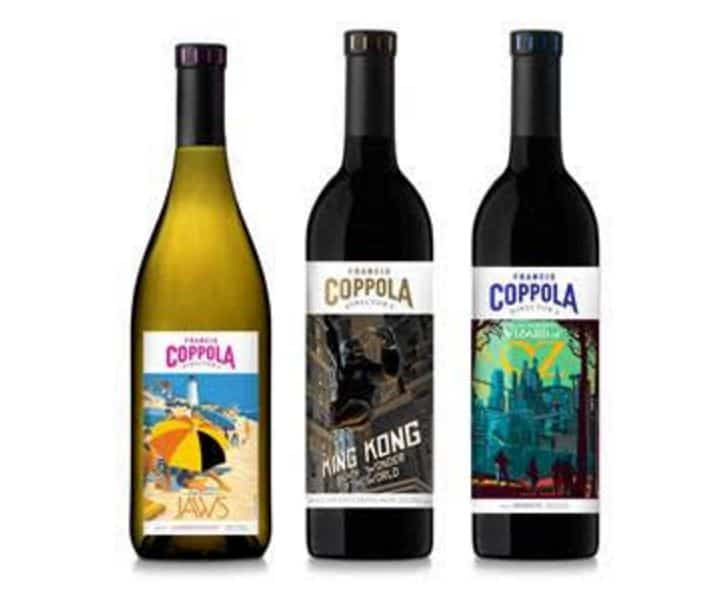

It’s associated with themes of romance, love and temptation. It is associated with themes of getting away from it all, art and inspiration.Ĭontrolled/shared pleasure: telling the story of wine for seduction, a product to be shared with one’s partner. Unbridled/personal pleasure: telling the story of wine for escape, a product for freeing one’s spirit and imagination. It is associated with themes of vacation and “slow living.” Four subtypes of storytelling emerge at the intersection of these two oppositions:Ĭontrolled/personal pleasure: telling the story of wine for relaxation, a product to be enjoyed for its taste and with which to relax. Some feature shared pleasure, others personal pleasure sometimes the pleasure is unbridled, others time controlled. Studying the visual codes of wine labels also reveals four subtypes of consumer-oriented labels. Instead, the volcanic environment of the wine is featured.Įxamples of labels illustrating different types of ego-centred storytelling. In this case, neither the winemaker nor the chateau is represented. Parinacota (Maule Valley, Chili) tells the story of a wine as a gift of nature.

It’s thus the story of a country wine.Ĭhâteau Libertas (Western Cape, South Africa) uses a blackletter typeface that echoes the calligraphy of medieval monks and yellowed paper to suggest the great age and historical richness of the chateau. We also see their signatures, as if to suggest that the wine is an original work signed by the two artists.īen Marco malbec (Mendoza, Argentina) shows a black-and-white photo of a winegrower’s hands holding pruning shears and a bunch of grapes. Its label presents the wine as a work of art, with a rapid sketch of the busts of its two “creators”. For example, outside the Barossa Valley, we can identify the stories told by the labels of the following wines: This typology seems to be applicable to any wine-growing region. Production site/nature: telling the story of wine as a gift of nature, a natural product whose intrinsic qualities come from the exceptional characteristics of a well-delimited natural environment. Production site/culture: telling the story of wine from the chateau, whose intrinsic qualities come from the traditional expertise of a prestigious chateau/estate with a long and illustrious history.

Producer/nature: telling the story of wine from the countryside, a rustic product created by a rural winegrower/maker with expertise and a deep connection to nature. Producer/culture: telling the story of wine as a work of art, whose intrinsic qualities come from the expertise and inspiration of an artist-winemaker.

In all, four distinct types of brand storytelling emerge: Some of the labels displayed visual codes evoking the theme of culture, whereas others evoked nature. Some represent the production site while others highlight the winegrower or winemaker. Four ego-centred storiesĪ recent study of 166 wine labels from vineyards in Australia’s Barossa Valley refined this typology by identifying four subtypes of “ego-centred” labels, each with its own illustrative theme. The second are “consumer-oriented Bacchic” labels, which evoke not only the wine but also the consumers who drink it and the benefits of doing so.Īn ‘ego-centred Jupiterian’ label versus a ‘consumer-oriented Bacchic’ label. The first are “ego-centred Jupiterian” labels that develop stories about the wine itself, its greatness and history, and the savoir-faire behind its production. The semiotician François Bobrie analysed the Wine Spectator’s Top 100 over five years and identified two broad categories of labels that tell different types of stories. Thus if wine brands want to signify their differences and tell a story, be it real or fictional, about their product, they do so primarily through label design. In the wine sector, the importance of packaging is all the greater as marketers generally make little use of such media as TV, radio and billboards, either because of legal constraints or budget limitations. It communicates explicit and implicit messages to the consumer, particularly through its visual aspect. Marketing professionals often consider packaging to be a product’s primary means of communication.


 0 kommentar(er)
0 kommentar(er)
